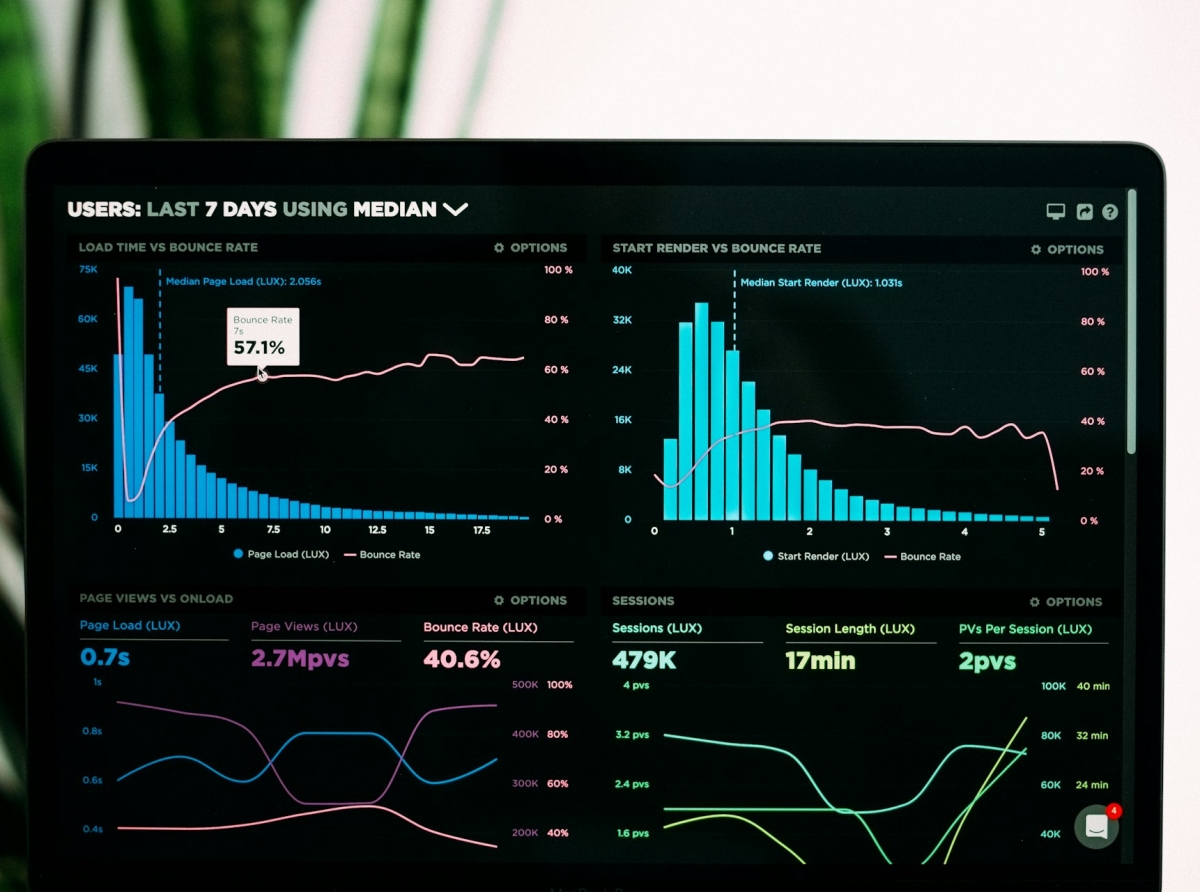Top Forex Indicators Ranked: A Guide to Choosing the Best for Your Trading Strategy

Top Forex Indicators Ranked: A Guide to Choosing the Best for Your Trading Strategy
Forex trading, the global arena where currencies are exchanged around the clock, represents the epitome of financial fluidity and dynamic speculation. The key to navigating this ever-shifting sea of currency values is not just in understanding the fundamental forces that drive economic trends but also in mastering technical analysis tools—forex indicators. These indicators serve as the compass and radar for traders, providing insights into market direction, momentum, volatility, and even potential entry and exit points.

Top Forex Indicators Ranked: A Guide to Choosing the Best for Your Trading Strategy
Criteria for Ranking Forex Indicators
When wading through the vast ocean of available forex indicators, traders must consider several critical factors to ascertain which will serve their needs best. Reliability tops this list; an indicator’s track records in generating accurate signals is paramount. Ease of interpretation follows; a useful indicator must convey information in a clear and concise manner that doesn’t leave traders second-guessing their moves. Lastly, responsiveness to market conditions ensures that the selected indicators adapt swiftly to provide real-time insights amidst the market’s constant flux.Top Ranked Forex Indicators
Forex market veterans often concur on a few top-ranked indicators that have proven effective across various trading strategies:Moving Averages (MA) - Simple yet powerful, MAs smooth out price data to showcase trend directions over different time frames.
Relative Strength Index (RSI) - This momentum oscillator indicates whether a currency pair is overbought or oversold, thus suggesting potential reversal points.
Bollinger Bands - By plotting standard deviation levels away from a moving average, Bollinger Bands provide a nuanced view of market volatility.
Fibonacci Retracement - Harnessing the power of the Fibonacci sequence, this tool helps identify strategic support and resistance levels.
Stochastic Oscillator - Similar to RSI but incorporating both closing price relative to high-low range over time, offering additional insights into momentum.
Each indicator comes with its own set of strengths; for instance, MAs are great for confirming trends while RSI excels at signaling potential retracements.
Integrating Indicators into Your Trading Strategy
The magic happens not just in choosing indicators but also integrating them into your strategy effectively. A savvy trader might use MAs for trend confirmation while leaning on RSI for timing entries and exits during said trends. It’s also essential to remember that no single indicator provides all answers—a combination curated to your specific trading style often yields the best results.Making an Informed Choice on Forex Indicators
In conclusion, forex indicators are indispensable tools for crafting robust trading strategies. However, their effectiveness hinges on selecting those aligned with your unique approach to market analysis and risk management. As markets evolve and personal experience deepens one’s understanding of these complex instruments, continuous learning becomes crucial. Stay adaptable, stay informed, and let your chosen indicators guide you through the fascinating world of forex trading with clarity and confidence.Forex indicators, Trading strategy, Market analysis, Forex trading, Technical analysis









Report
My comments